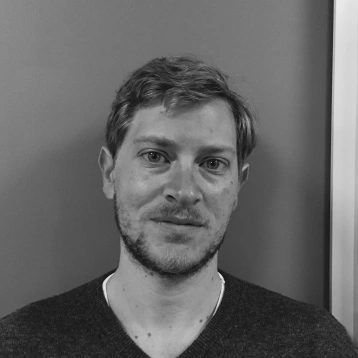Aidan Mosselson
When I wrote this paper there were two interrelated issues that I wanted to address. Firstly, I was attempting to account for and make sense of people’s relationships with and appreciation of privatised policing in a fraught urban area. Following from this, I was seeking to add nuance to academic discussion about privatised policing, which tend to be alarmist and overlook people’s lived experiences and insecurities. The paper, then, underscores the ways in which privatised policing, whilst still exclusionary and revanchist, is adaptive and takes localised concerns and needs into account, and, in doing so, contributes to creating senses of public life and urban publics, especially in parts of the world where fear of crime and insecurity are all to real and prominent features of everyday life.
Conducting fieldwork in inner-city Johannesburg, an area that is notorious for high levels of crime and interpersonal violence, I was surprised by the extent to which people have come to tolerate and even desire intensive, intrusive forms of policing. Over time, I came to realise that there were a series of factors at play in creating this, and that the prevailing urban studies literature on policing and public space did not provide ample ways for understanding this. Firstly, I argue that privatised policing has become accepted in the area because it plays to people’s conceptions of what effective policing looks like. Unfortunately, in South Africa there is a long-established history and expectation that policing must deploy force in order to be effective. Private security companies participate in this, making use of forceful, intimidating imagery and forms of presentation that confer legitimacy on them. However, I also detail the ways in which the private security company that is at the centre of my research engages in wider activities that are focussed on service provision and filling gaps left by over-stretched and under-resourced public utilities. They address everyday maintenance and upkeep issues and, in so doing, establish themselves as ‘responsible’ agents working in the everyday life of the neighbourhood. Additionally, contrary to private policing services that only serve the needs of those who pay for them, this company adopts more expansive and community-oriented forms of policing. They therefore exhibit an ability to respond to the social and spatial contingencies of the setting in which they work, demonstrating that spatial realities exert influence over even the most domineering actors and that abilities to respond to, rather than fight against, these is a further source of legitimacy. The practices that I observed and documented in the paper therefore challenge accounts of private policing as necessarily exclusionary and externally imposed, and demonstrate the ways in which security regimes, particularly in volatile and violent urban settings, are also mundane and part of everyday life.


